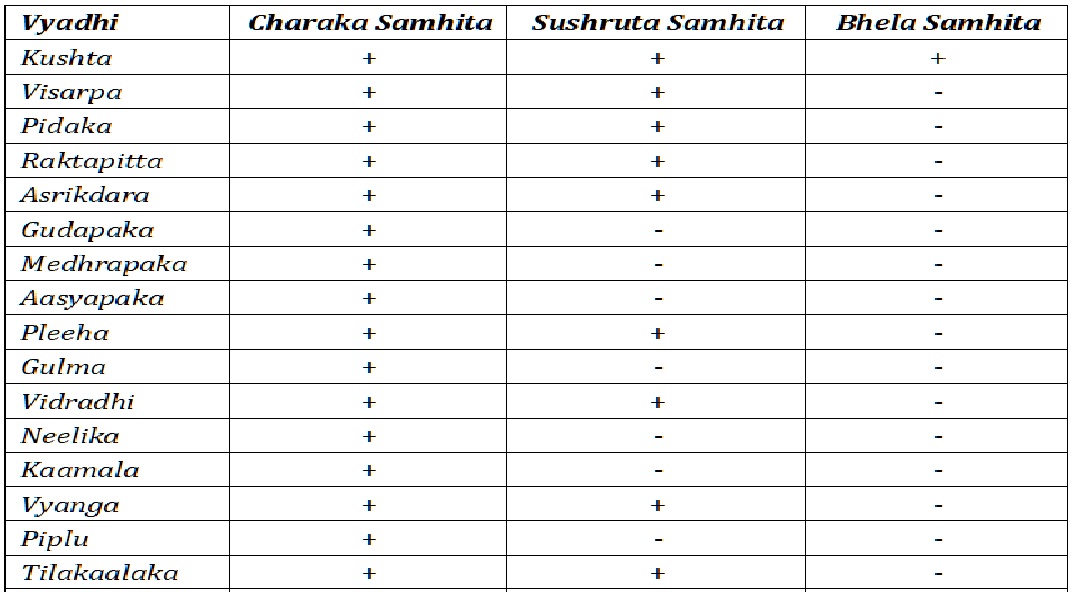Physiological and Pathological Aspects of Raktha Dhathu
DOI:
https://doi.org/10.47070/ayushdhara.v11i6.1792Keywords:
Raktha Dhatu, Pradoshaja Vikara, Raktha Vriddhi, Raktha KshayaAbstract
According to Ayurveda, the seven essential body tissues, known as Sapta Dhatu, comprise Rasa, Raktha, Mamsa, Meda, Asthi, Majja, and Shukra These Dhatu are defined as per their function. These are important for healthy state of the body. Raktha Dhatu is second one in the sequence of Sapta Dhatu. Raktha Dhatu can be understood in term of blood in contemporary science. The word Raktha is originated from Sanskrit word ‘Raj Ranjane’ meaning is to stain, means if white cloth is stained with this Dhatu, it become red coloured hence it is called as Rakta. As it is one of the seven Dhatu, it is present in entire part of the body. However it may present in large quantity in some places and may be functioning specifically in context to some organ, such places are known as Sthana of the Rakthadhatu is Rakthavaha Strotas is the main site of Raktha Dhatu. Principle organs of this Strotas are liver and spleen.
Downloads

Downloads
Published
Issue
Section
License
Copyright (c) 2024 AYUSHDHARA

This work is licensed under a Creative Commons Attribution-NonCommercial-ShareAlike 4.0 International License.


